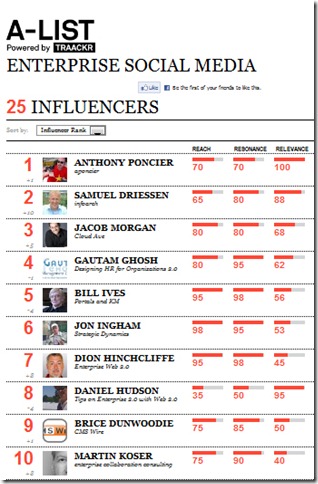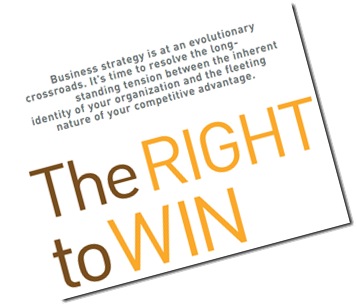 I’ve been reading Paul Leinwand and Cesare Mainardi’s new book, the Essential Advantage (and Mainardi and Art Kleiner’s Strategy+Business article, The Right to Win both of which build upon their earlier article in Harvard Business Review, The Coherence Premium). Given that all three texts are focused on ‘winning with a capabilities-driven strategy’ which is largely what I write about here, I had high hopes for these – which haven’t quite been delivered…
I’ve been reading Paul Leinwand and Cesare Mainardi’s new book, the Essential Advantage (and Mainardi and Art Kleiner’s Strategy+Business article, The Right to Win both of which build upon their earlier article in Harvard Business Review, The Coherence Premium). Given that all three texts are focused on ‘winning with a capabilities-driven strategy’ which is largely what I write about here, I had high hopes for these – which haven’t quite been delivered…
I do like the articles and particularly the book – it’s definitely one of the best recent books on business strategy, providing a very comprehensive treatment of existing strategy models - for example, in the detail and case studies supporting different strategic ‘puretones’ and ‘hues’.
And I agree completely with the book’s central premise about the need for coherence. I also like the way the authors describe how this can be developed through coherent structures, innovative talent systems and informal conversations (although there’s a lot more that can be done here which they gloss over – even organisational structures become simple hierarchies – and there’s nothing at all about culture).
One thing I didn’t like was the authors’ choice of terminology which I found rather annoying. So basically, the book argues that three things need to aligned: an organisation’s products and services, its ‘way to play’, which most readers will know as competitive positioning, and its ‘capabilities system’ which are really its core competencies:
 Leinwand and Mainardi
Leinwand and Mainardi
For a book on coherence, it’s also surprisingly incoherent. For example, “Having the same way to play as your competitors can work out advantageously if you have a better capabilities system”. Where’s the coherence premium in this sentence?
I also don’t think the book’s suggestion that coherence starts with a focus on capabilities ie through a capabilities – or core competencies -driven strategy (“we prefer the phrase capabilities-driven, although other capabilities are involved, because the term recognises the significant role that capabilities play as an engine of value creation”) is correct. That’s because these capabilities, ie core competencies, as both these authors and Hamel & Prahalad before them define them, do involve the skills of the workforce, but end up mainly being about business processes and technology.
But the authors note that:
“Patents and copyrights expire. Business processes prevail until more proficient competitors appear… Technological monopolies are thretened by new innovations.
At the same time, most organisations are ‘sticky’: their identies, cultures and relationships are by nature slow to adapt to changing conditions.”
So if this is this is the case, why not start strategy development here, with real organisational capabilities based on an organisation’s people, their relationships and its culture - as described by Dave Ulrich, and by me. And then, also ensure that these real capabilities are coherent with the capabilities system (core competencies), way to play (competitive positioning) and products and services in the book’s model.
But that’s not all, there’s an internal need for coherence too.
So if you take each of the three elements in Leinwand and Mainardi’s business-focused / external model, they each have an equivalent from an organisation-focused, internal perspective too (what Julian Birkinshaw describes as ‘management’ vs ‘leadership’):
- The way to play / competitive positioning’s equivalent is a set of internal, organisational capabilities. Both competitive positioning and organisational capabilities are the outputs of the business / external and organisation / internal systems in a company respectively. This actually comes through in the book when the authors write about Ulrich’s leadership brand.
- The capabilities system / core competencies’ equivalent is the organisation’s HRM,or HCM, architecture. These are the inputs to the two systems.
- The equivalents to the organisation’s products and services are its people. This is what is transformed between the input and output into business / organisational value.
The HRM architecture, organisational capabilities and people also need to be coherent with each other, as well as with the three elements described by Leinwand and Mainardi too. So the model actually needs to include two concentric circles, like this:
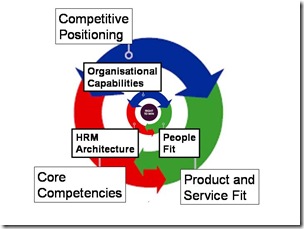 Leinwand and Mainardi (adapted by Ingham)
Leinwand and Mainardi (adapted by Ingham)
And this leads to my main criticism of the book. The stuff on the outside is the easy bit. It’s time to focus more on internal coherence now. And there’s nothing at all on this in the book.
Technorati Tags:
Paul Leinwand,
Cesare Mainardi,
the Essential Advantage,
Art Kleiner,
The Right to Win,
the Coherence Premium,
way to play,
organisational capability,
Dave Ulrich,
Julian Birkinshaw,
strategy
- Consulting - Research - Speaking - Training - Writing
- Strategy - Talent - Engagement - Change and OD
- Contact me to create more value for your business
- jon [dot] ingham [at] strategic [dash] hcm [dot] com
.
 I opened this short 17 question survey towards the end of last year and it temporarily closed last week. However I’ve not had time to do analyse the results, and having missed my deadline, thought I might as well keep it going for another week.
I opened this short 17 question survey towards the end of last year and it temporarily closed last week. However I’ve not had time to do analyse the results, and having missed my deadline, thought I might as well keep it going for another week.




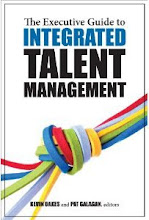



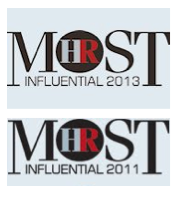









 I’ve been reading Paul Leinwand and Cesare Mainardi’s new book,
I’ve been reading Paul Leinwand and Cesare Mainardi’s new book, 




 I don’t normally post about client work but I’ve been in a workshop this week that has been particularly interesting and relevant to some of the stuff I’ve recently posted on here.
I don’t normally post about client work but I’ve been in a workshop this week that has been particularly interesting and relevant to some of the stuff I’ve recently posted on here.
